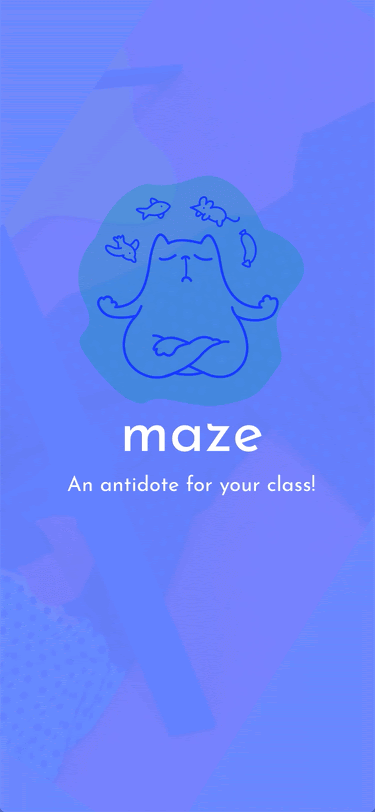
Objective:
To initiate a change by finding and creating a balance in the digital age where young adults can become resilient. Resilience means the ability to spring back.
My Role:
Research, Prototype
Duration:
8 months
Community Partner:
Susan Raynolds
Executive Director I Co-Founder at LookUp.live
Team:
Teesta Das, Priyanka Tyagi
Project Advisor:
Kristian Simsarian
Marc O'Brien
Sarah Harrison
BACKGROUND STORY
When Teesta, Priyanka, and I came together at the beginning of this project we were already one semester into our intense program where we were spending more than 10 hours a day working on our laptops.
we realized that we were experiencing excessive headaches and eye strains. We didn't know why we feel these symptoms and feel so tired at the same time.
Therefore, we started searching for reasons and we found that most Americans spend more than seven hours a day staring at digital screens, and this screen time often leads to blurred vision, eye strain, and long-term vision problems like nearsightedness.
Source
What staring at a screen all day does to your brain and body by David Anderson and Rebecca Wilkin
_edited.jpg)

PROBLEM
11HRS
Young adults spend on average using digital technologies
150TIMES
Millennials check their phones in a day
73%
Young adults suffer from digital eye strain
OUR INTERVENTION
Setting intentional breaks from technology and leverage the power to practice our humane sensibilities collectively.
.png)
RESEARCH
When we started this project we had one questions in mind:
How is technology affecting the mental health of the students?
We started with Secondary Research, Contextual Inquiry, Ethnographic Research, User Interview, User Shadowing, Persona Creation & Cultural Probes.


We interviewed:
12 Students
7 teachers
5 Psychologists

Cultural probe, getting to know students health routines
interview with students
Lack of self-awareness and difficulty establishing a self-care routine
Source
Mindfulness for Millennials by Mark Leary
in the last 12 years of teaching, I noticed that students' attention span has been dramatically reduced.
Rod, Graphic Design Teacher in CCA
Ripple effect drawing to understand their relationships
OPPORTUNITY
How might we bring awareness about digital burnout and prevent exhaustion while engaging those who are digitally distracted?
IDEATION
Using all the data gathered, and keeping in mind the needs of our users we started our ideation process.
Prototype v1
After talking to our community partner, Susan, our initial idea was a toolkit for CCA students to help them acknowledge their problem and use this toolkit.
As we soon discovered, because of the heavy loads of schoolwork students will not put the time to look at these activities.





SOLUTION
A platform for teachers to engage the students with an alternate class experience and building (2-5 min) antidote experiences for students to engage with what’s in the present. With this, we are confident to eases or lighten the effects of the rising addictive digital technologies and becoming more intentional in our delivery of meaningful outcomes.
ECOSYSTEM



ACTIVITY FRAMEWORK
With the help of our Community Partner and teachers, We developed an activity framework which consists of three parts: Engage, focus, and energize
USER TASK FLOWS

ITTERATION
We started with a paper prototype and conducted usability tests with low-fidelity mockups. Once we got the confidence that communication and design are user-friendly, we started making the high fidelity.




FINAL DESIGN

Onboarding
Onboarding helps Maze understand the need of the class.
The maze takes initial information about the class to suggest the best antidote activities for the classroom.
Automated Activities
After setting up the class schedule, simple 2-5 min activities will be provided. Teachers can select or to shuffle these activities as per the need of the class.


Feedback
When the teacher is done with the activity evaluation will be provided by Maze so they can look at the progress of the class over time.
